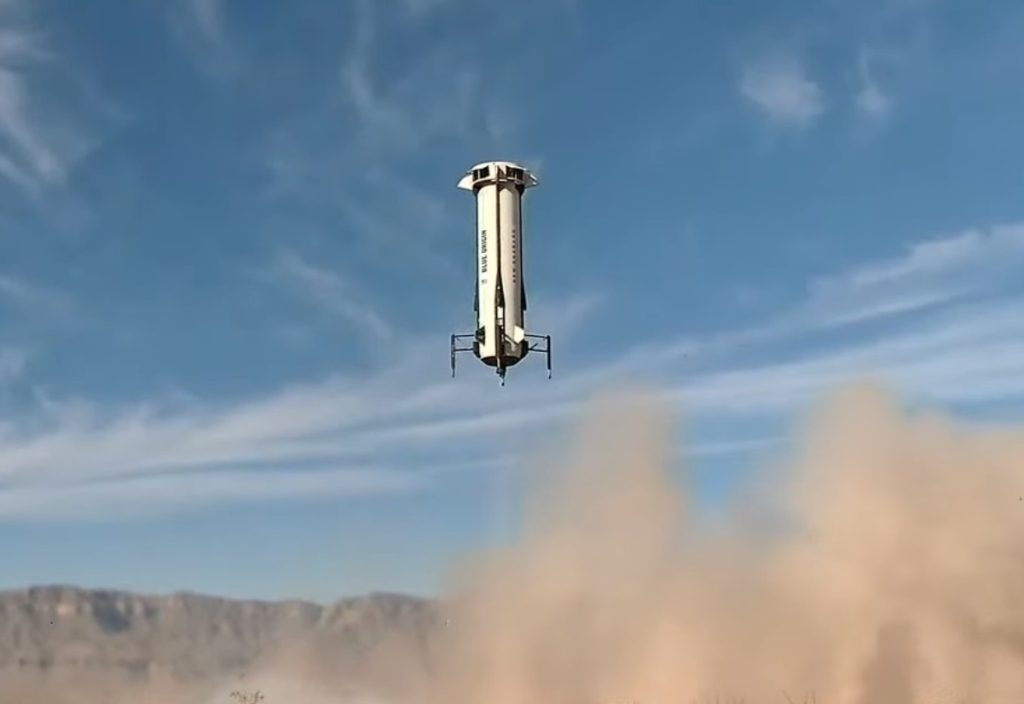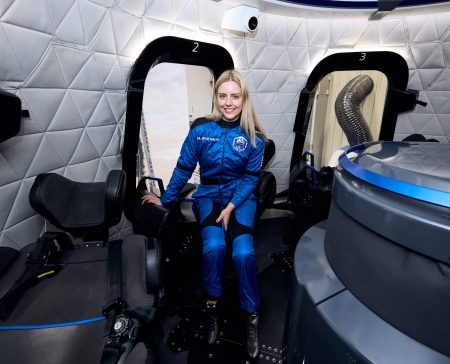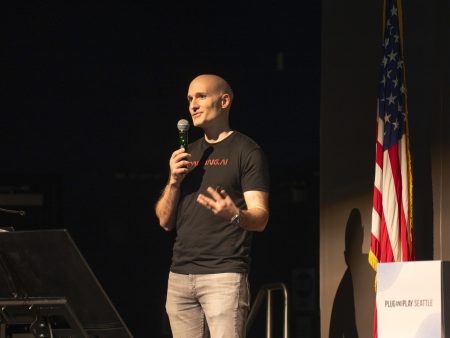Paragraph 1: Simulating Lunar Gravity on Earth
Blue Origin, the space venture founded by Jeff Bezos, has achieved a significant milestone by simulating lunar gravity during a suborbital flight. This groundbreaking experiment, conducted on the New Shepard rocket, exposed research payloads to the gravitational conditions found on the Moon for an extended period. Previous attempts to recreate lunar gravity involved parabolic airplane flights, which offered only fleeting moments of reduced gravity. The NS-29 mission, however, provided valuable minutes of sustained lunar gravity, offering a unique testing platform for technologies crucial to future lunar exploration.
Paragraph 2: The Mission Profile of NS-29
The NS-29 mission, launched from Blue Origin’s West Texas facility, carried 30 research payloads. The New Shepard rocket, propelled by its hydrogen-powered booster, lifted the crew capsule beyond the Karman Line, the internationally recognized boundary of space. Reaching an altitude of 64.6 miles (104 kilometers), the capsule separated from the booster and initiated a crucial maneuver. By spinning at 11 revolutions per minute, the capsule generated centrifugal force equivalent to one-sixth of Earth’s gravity, replicating the gravitational pull experienced on the Moon. This “lunar-G roll," as described by the mission’s commentators, exposed the payloads to the target gravitational conditions for several minutes.
Paragraph 3: Landing and Payload Retrieval
Following the lunar gravity simulation, both the booster and capsule executed controlled descents. The booster landed autonomously on a designated pad, demonstrating the reusability central to Blue Origin’s mission architecture. Meanwhile, the capsule, aided by a parachute system, landed softly in the Texas desert. Despite a minor anomaly with one parachute deploying slower than anticipated, the landing proceeded safely and without incident. The valuable payloads, having endured the simulated lunar environment, were then retrieved from the capsule for meticulous analysis.
Paragraph 4: Payloads and Lunar Resource Utilization
The NS-29 mission carried a diverse array of payloads designed to test various technologies relevant to lunar exploration. Over half of these payloads were funded through NASA’s Flight Opportunities program, emphasizing the collaborative nature of space exploration. Several payloads, developed by Honeybee Robotics, a subsidiary of Blue Origin, focused on the critical task of lunar resource utilization. These experiments investigated methods for excavating and processing lunar soil, also known as regolith, to extract valuable resources like oxygen. This capability is crucial for establishing a sustainable lunar presence and reducing reliance on resupply missions from Earth.
Paragraph 5: Further Scientific Investigations and the Artemis Program
Another notable payload, developed by Kennedy Space Center and its research partners, examined the behavior of lunar dust under ultraviolet light. The study aimed to understand the phenomenon of dust levitation caused by electrostatic charging, a significant challenge for lunar surface operations. The data collected from these experiments will inform the design of future lunar missions, including NASA’s ambitious Artemis program. Artemis aims to return astronauts to the Moon by 2027, establishing a long-term human presence on the lunar surface and paving the way for future missions to Mars.
Paragraph 6: Educational Outreach and Blue Origin’s Expanding Infrastructure
In addition to its scientific endeavors, Blue Origin fosters educational engagement through its Club for the Future. Thousands of student postcards were carried aboard the NS-29 mission, offering students a tangible connection to space exploration. These postcards, having experienced the journey to the edge of space, will be returned to the students, inspiring the next generation of scientists and engineers. Blue Origin’s commitment to space exploration is further evidenced by its expanding infrastructure, including facilities in Washington, Texas, Florida, and Alabama, where the company designs, manufactures, and launches its rockets and spacecraft. This network of facilities supports both suborbital flights with New Shepard and the development of the more powerful New Glenn orbital rocket, showcasing Blue Origin’s ambitions for a vibrant future in space.















